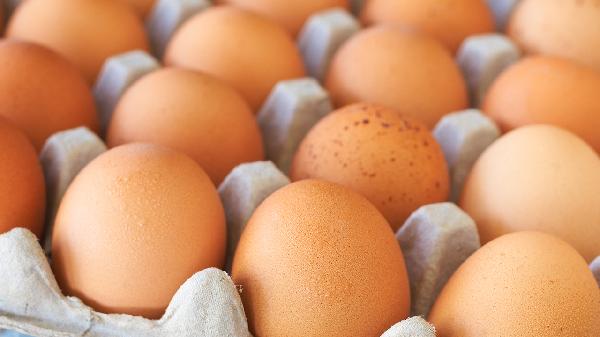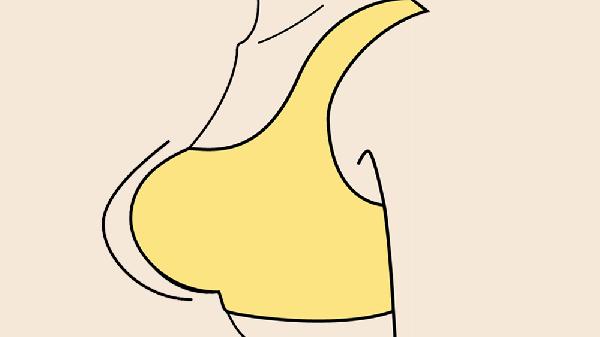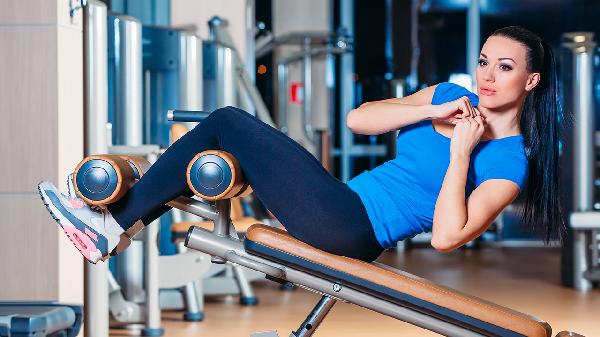If you're hitting the gym hard but not seeing the gains you want, the answer might be simpler than you think: you probably need more protein. Science says the sweet spot for muscle growth is around 0.7 to 1 gram of protein per pound of body weight per day. So if you weigh 180 lbs, that’s roughly 126–180 grams of protein daily. But before you start chugging protein shakes like it’s your job, let’s break down what the research actually says—and how to make it work for you.

Why Protein Is Your Muscle’s Best Friend
Protein isn’t just for bodybuilders—it’s the building block of muscle. When you lift weights, you create tiny tears in your muscle fibers. Protein swoops in like a superhero to repair and rebuild them, making your muscles bigger and stronger. Without enough protein, your body is basically trying to build a house without bricks.
But here’s the catch: More isn’t always better. Your body can only use so much protein at once, and the excess just gets turned into energy (or worse, stored as fat). That’s why timing and distribution matter just as much as total intake.
The Goldilocks Zone: Not Too Little, Not Too Much
Research shows that 1.6 grams of protein per kilogram of body weight (about 0.73 grams per pound) is enough to maximize muscle growth for most people. But if you’re cutting weight or training like an athlete, bumping it up to 1 gram per pound can help preserve muscle while you shed fat.
Here’s a quick cheat sheet:
Timing Matters (But Not as Much as You Think)
You’ve probably heard the myth that you must slam a protein shake within 30 minutes of your workout or your gains will vanish. Relax—your muscles aren’t that dramatic. The anabolic window is more like a garage door: wide open for several hours post-workout.
That said, spreading your protein intake evenly throughout the day (every 3–4 hours) keeps your muscles in a constant state of repair. Aim for 20–40 grams per meal, depending on your size. A 180-lb guy might do 40 grams at breakfast, lunch, and dinner, plus a snack or shake.
The Best Protein Sources (No, It’s Not Just Chicken)
Sure, chicken breast and eggs are classics, but variety is key. Different protein sources come with bonus nutrients—like iron from red meat or omega-3s from fish. Here’s a quick hit list:
If you’re plant-based, don’t stress—just pair complementary proteins (like rice + beans) to get all your essential amino acids.
The Bottom Line
More protein ≠ more muscle. Consistency, training hard, and hitting that 0.7–1 gram per pound range is what really moves the needle. Track your intake for a few days (apps like MyFitnessPal help), adjust as needed, and give it time. Your muscles didn’t grow overnight, and neither will your protein strategy. Now go eat something—preferably with a side of gains.
























